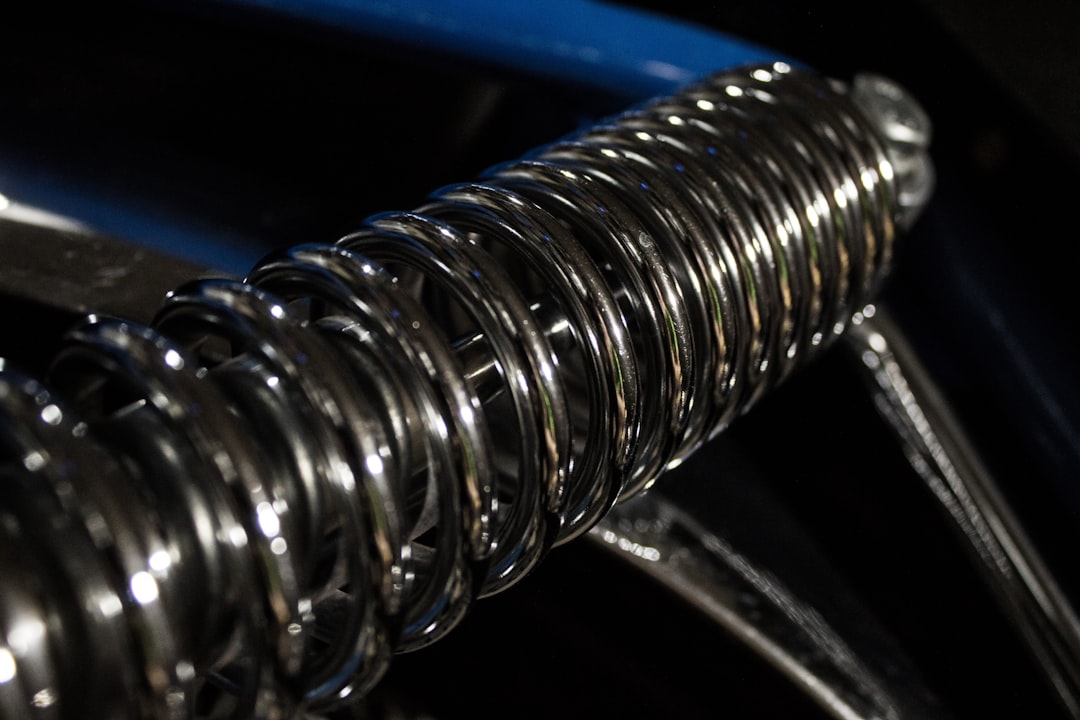What is it about?
Atomic scale networks are at the heart of many glassy and liquid materials. Under pressure, these networks will bend and buckle as the material is compressed, and there will be a change to material properties such as the viscosity and elastic constants. Probing the nature of the structural transformations under pressure is, however, difficult because the structure of glasses and liquids is inherently disordered. Information from a wide variety of sources is important in order to make progress.
Featured Image

Photo by Ash Edmonds on Unsplash
Why is it important?
This paper traces the development of neutron diffraction to measure the structure of glasses and liquids under pressure. The results are complementary to those obtained from other experimental techniques such as X-ray diffraction, inelastic X-ray scattering, X-ray absorption spectroscopy and Raman spectroscopy. This complementarity is illustrated by considering the case examples provided by prototypical network structures such as glassy SiO2, GeO2, B2O3 and GeSe2. For the oxide materials, the oxygen packing fraction is an important factor in determining when transformations will occur to the network forming motifs. A more complete picture of the mechanisms of network collapse is provided by molecular dynamics simulations using theoretical schemes that give a good account of the experimental results.
Perspectives
The work shows that neutron diffraction has an important role to play in solving the structures of disordered glassy and liquid materials under pressure. This information is crucial for understanding the structure-related properties of materials, and how these materials perform under extreme conditions.
Professor Philip S Salmon
University of Bath
Read the Original
This page is a summary of: Networks under pressure: the development of in situ high-pressure neutron diffraction for glassy and liquid materials , Journal of Physics Condensed Matter, March 2015, Institute of Physics Publishing,
DOI: 10.1088/0953-8984/27/13/133201.
You can read the full text:
Contributors
The following have contributed to this page










